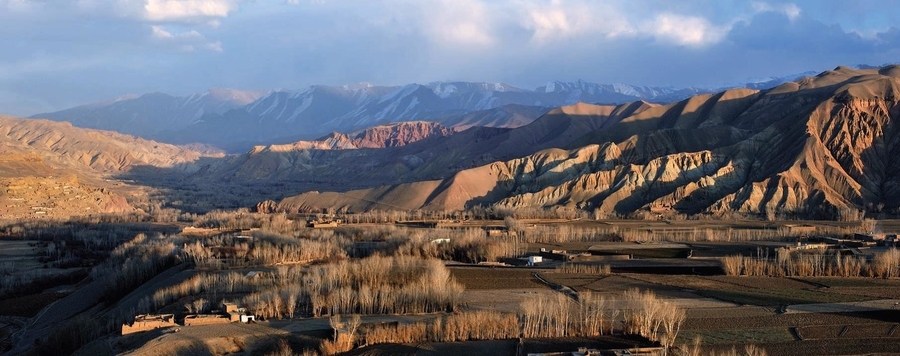
Biodiversity research in a changing Afghanistan
In the second half of the 20th century, 90% of major armed conflicts took place in countries that fall in biodiversity hotspots (1). Afghanistan is not considered a biodiversity hotspot (2), but this designation may be inaccurate. Biodiversity research is thus desperately needed to add to our knowledge of the region. Afghanistan has suffered from more than 40 years of political instability and civil war, hindering far-reaching conservation research activities (3). The golden age of Afghanistan’s biodiversity research took place decades ago (4, 5), before the advent of DNA techniques used to evaluate biodiversity today. Afghanistan’s biodiversity research is mostly based on museum collections assembled in the 1970s or before (6–8).






